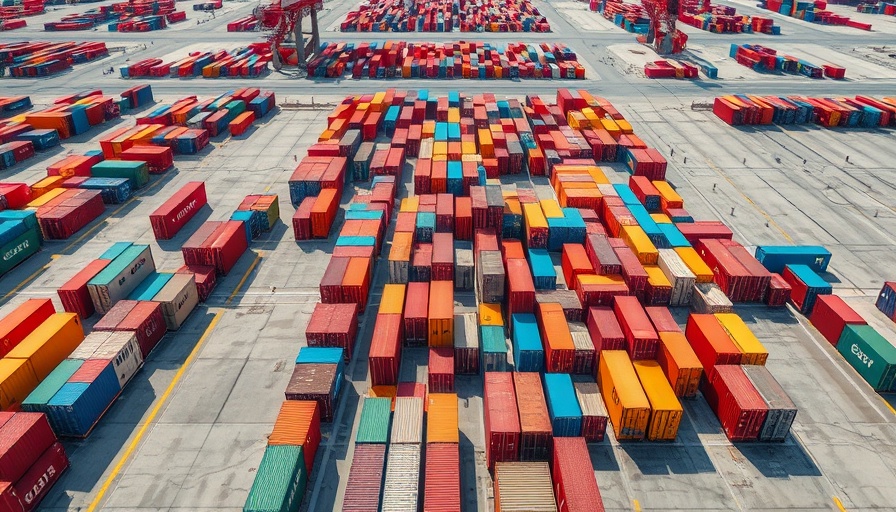
Understanding the Aircraft Shortage Crisis
The aviation industry is facing an unprecedented gap between the soaring demand for air travel and the sluggish supply of new aircraft. After enduring the severe travel decline during the COVID-19 pandemic, air traffic is rebounding, with passenger demand expected to grow at an annual rate of 4.2% through 2030. Yet, this recovery is met with a complex and inefficient production system struggling to catch up.
Analyzing the Demand and Supply Dynamics
Passenger demand has surged by 10.4 percent from 2023 to 2024, yet the manufacturing process for new aircraft remains slow. Aviation manufacturers are grappling with supply chain disruptions, particularly in acquiring essential components such as semiconductors. The complexity of producing commercial aircraft means that even minor delays can have significant ripple effects across the industry.
Future Implications for Industry Players
As delivery schedules continue to slip, there is considerable economic pressure on various stakeholders in the aviation industry. Airlines that operate on tight schedules may face operational challenges due to grounded aircraft and maintenance delays. Decision-makers must account for these disruptions in their strategic planning.
Global Supply Chain Vulnerabilities
The global aspect of the aviation supply chain further complicates the landscape. Components are often sourced from multiple countries, creating vulnerabilities to geopolitical tensions and trade disputes. For instance, if a crucial engine component is produced in a politically unstable region, it could delay the entire aircraft production process, compounding the existing shortages.
Potential Solutions to the Aircraft Shortage
To navigate these turbulent times, industry stakeholders should explore collaborative strategies that include streamlining manufacturing processes and enhancing supply chain resilience. Leveraging technology and establishing stronger partnerships could foster adaptability in production and distribution efforts.
The Long-term Outlook for Aviation Supply
The future of aircraft supply remains uncertain but not without optimism. Innovative approaches to manufacturing, including automation and AI, could enhance efficiencies, albeit in the longer term. As the industry aligns itself with growing demand, stakeholders must remain vigilant and responsive to external pressures to mitigate risks of future shortages.
In conclusion, while the aircraft shortage poses significant challenges, understanding its complexities can help industry leaders make informed decisions and strategically position their organizations for recovery and growth. Awareness of the evolving landscape can improve operational strategies and enhance competitive advantages.
 Add Row
Add Row  Add
Add 




Write A Comment